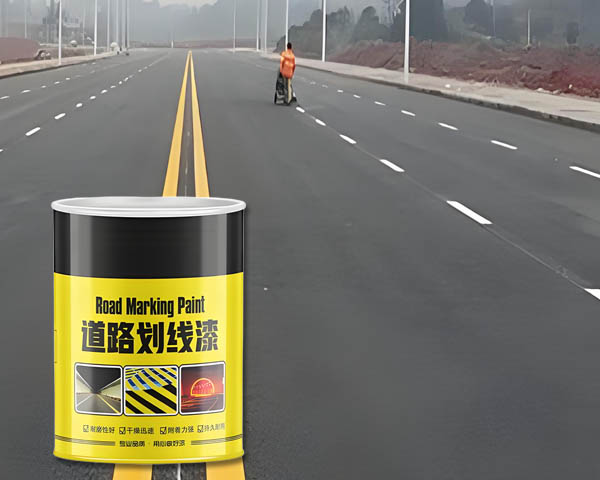Two-component markings offer excellent performance on asphalt and are very resistant to snow plowing. As a result, two-component markings are widely used in cold regions. Bicomponent marking painting s also adhere more strongly to glass beads than ordinary thermoplastic marking paintings. Two-component marking coatings are used as the material of choice for making retro-reflective markings. Of course two-component road marking coatings are also very expensive compared to other materials.


Technical Data:
| Container Capacity: | Barrel A: 50kg; Barrel B: 50kg |
| Glass Bead Container: | 10kg |
| Adjustable Glass Beads Dispenser : | Adjustable width from: 50mm–200mm. |
| Mixing Mode: | Motor rotary stirring |
| Battery Voltage: | 12*4=48V |
| Battery Capacity: | 12*4=48AH |
| Marking Width: | 50/100/150/200/300/400/450mm (at customer’s option) |
| Electric Drive Speed: | From 1km/h to 8km/h |
| Dimensions: | 1200mm*1000mm*950mm |
| Weight: | 135kg |
Advantages of two-component road marking machine
- High precision: the two-component road marking machine adopts advanced spraying technology, which can precisely spray the paint on the road surface and form clear and accurate road markings.
- Strong durability: As the coating it uses is two-component, it has a strong bonding force, is wear-resistant and pressure-resistant, and is able to maintain a good condition for a long time in all kinds of weather and road conditions.
- Efficient operation: the two-component road marking machine operates at a high speed and can complete large area marking work in a short period of time, which effectively improves the working efficiency.
- Environmental protection and energy saving: two-component road marking machine adopts low energy consumption design, at the same time, the amount of paint used can be precisely controlled, which not only saves resources, but also reduces environmental pollution.
Application of two-component paint markings
Two-component marking is known for its durability, longevity, and resistance to abrasion and weather conditions. It is commonly used for road markings that require high visibility and long-lasting performance, such as highway markings, intersection markings and airport runway markings.






Leave a Reply